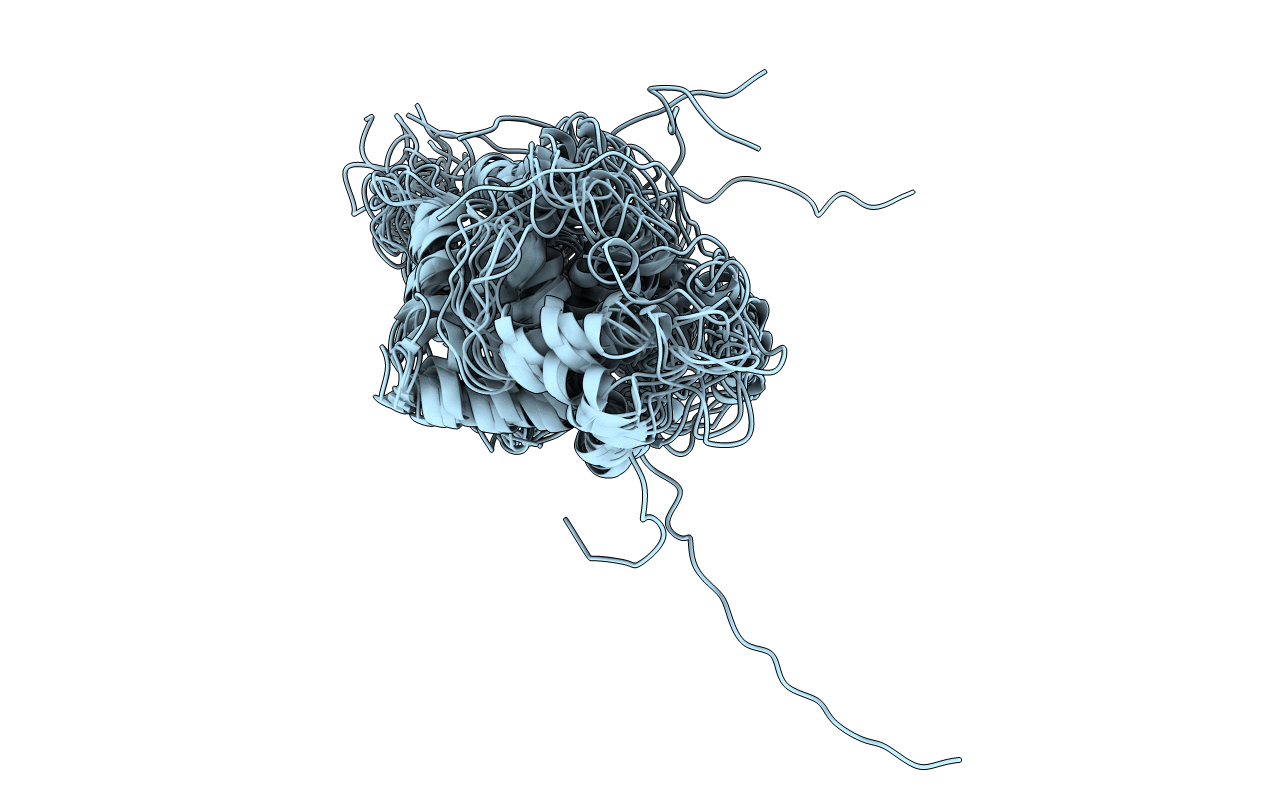
Deposition Date
2011-08-03
Release Date
2012-08-01
Last Version Date
2024-05-15
Entry Detail
Biological Source:
Source Organism:
Saccharomyces cerevisiae (Taxon ID: 559292)
Host Organism:
Method Details:
Experimental Method:
Conformers Calculated:
100
Conformers Submitted:
10
Selection Criteria:
target function


